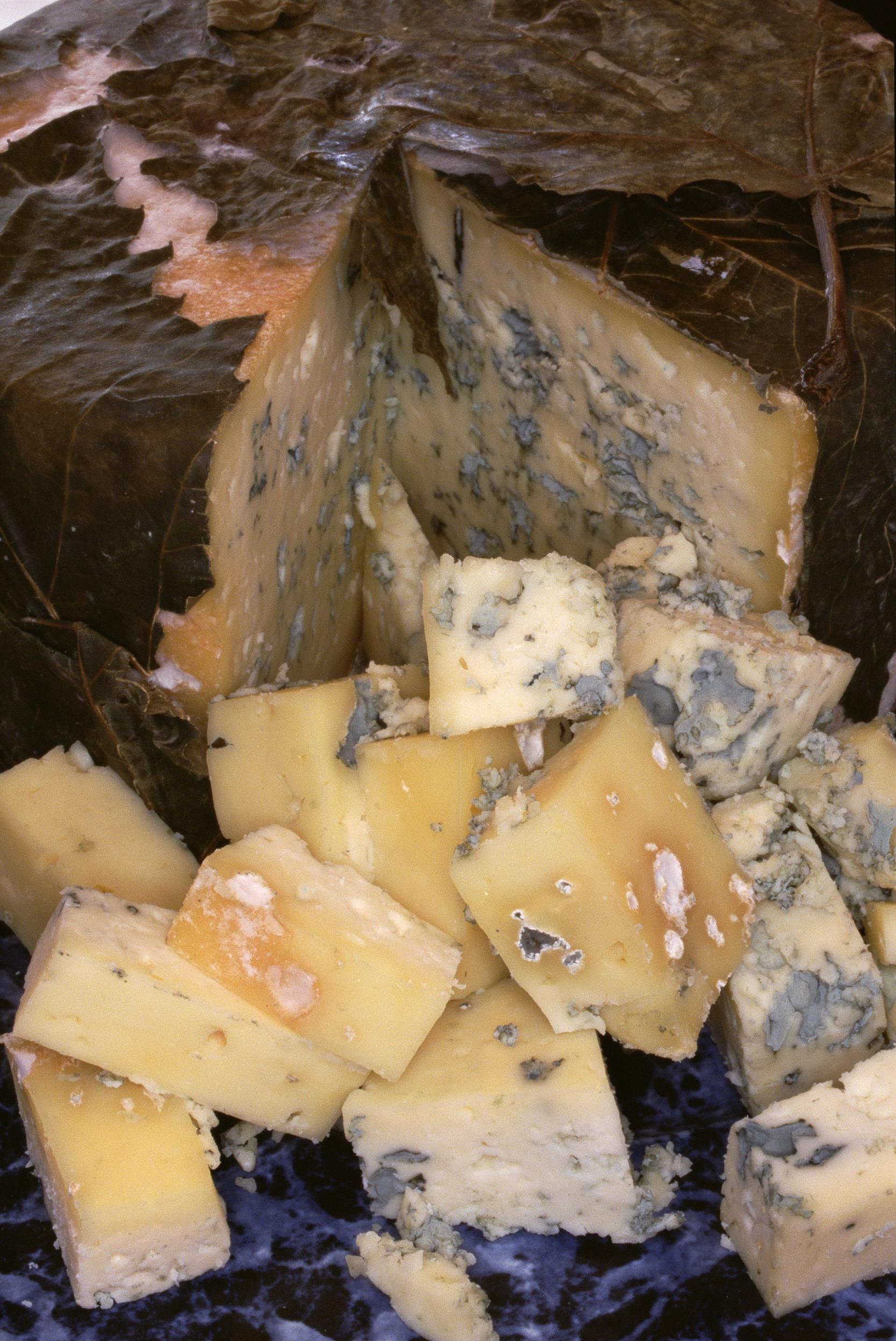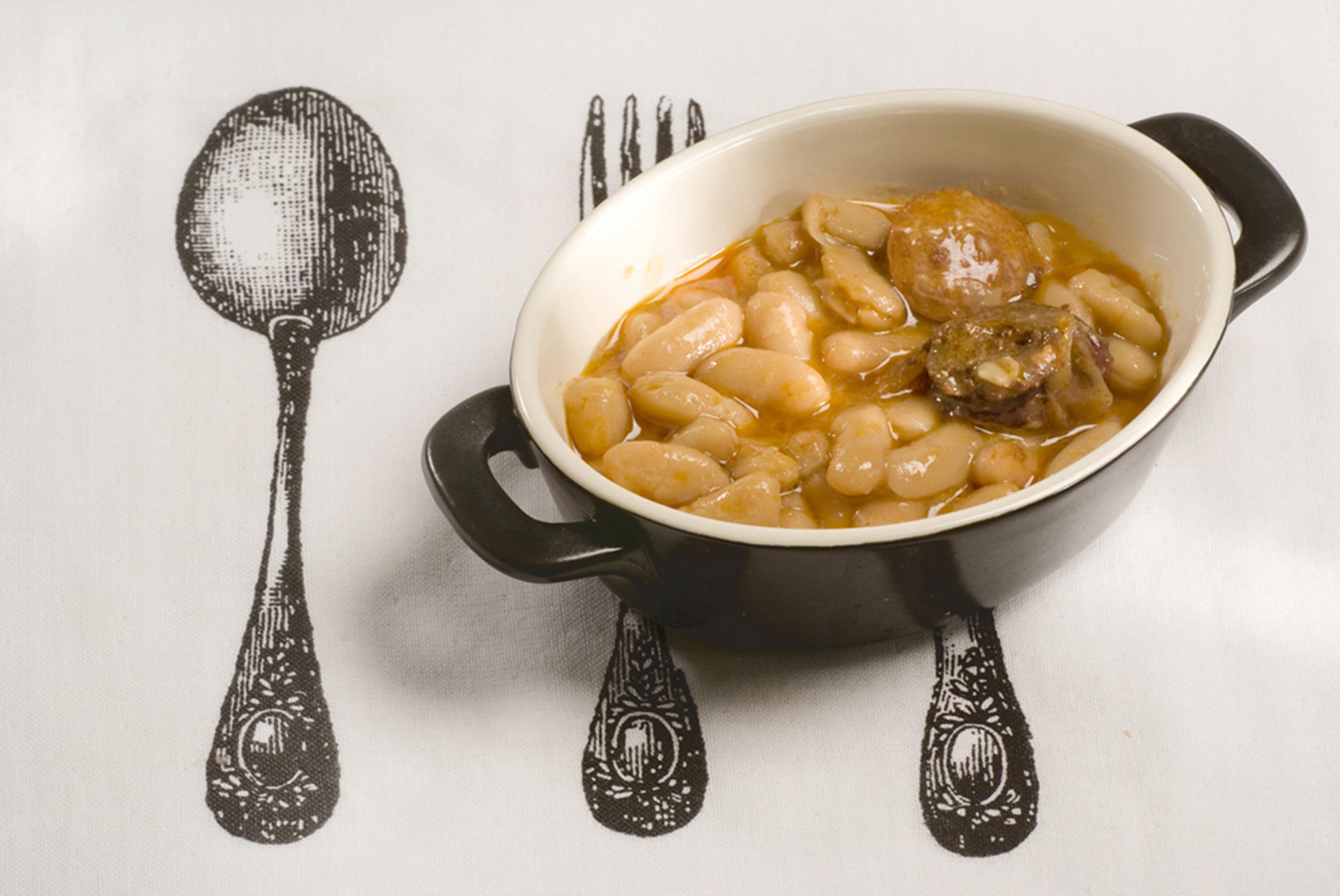All About Asturian cider
In Asturias, there is a saying that even the most religious skeptics will often proclaim:
We may have lost paradise because of the apple, but we’ll get it back with cider.
This saying pretty much exemplifies how cider, or sidra in Spanish, is part of the Asturian identity and way of life, rather than just a mere libation.
Photo: Juanjp Arroyo/ © ICEX España Exportación e Inversiones
Asturias, a lush and emerald green region on the Atlantic coast of Northern Spain and home to the Picos de Europa mountain range, has been producing cider since at least the first century BC. The region is very rainy and the soil is very rich with minerals, lending itself well to growing apples, the base of cider.
Today there are over 500 varieties of apples grown in the region but only select varieties are used to make sidra natural – cider fermented using the wild yeasts naturally occurring on the apple skins and for which Asturias is most well known for. Sidra natural is fermented only once. This single fermentation produces a very different result from the sparkling cider many of us are accustomed outside of Spain, which is fermented twice and contains carbon dioxide yielding a higher alcohol content and higher effervescence.
Each fall, the apples are picked, washed and chopped. Different varieties are mixed together depending on the particular taste the cider producer is looking for. A little bit of water is added to soften the fruit before being pressed. The resulting juice is then fermented in chestnut barrels. Come February or March, the cider is bottled in traditional green bottles.
In the past 30 years, Asturian cider production has really taken off and even has its own highly regulated denominación de origen protegido. To obtain this qualification, the sidra needs to have at least 5% alcohol content and the apple varieties are restricted to only 76 specific types of apples grown in the region. In addition, the cider is not filtered resulting in a somewhat cloudy drink with a refreshing and tart, yet slightly sweet taste. Today Asturias produces 80% of all cider consumed in Spain and ranks forth in European production behind Ireland, England and France.
The serving and consumption of Asturian cider highlight what it is all about: a drink that creates community and should never be consumed alone! As a matter of fact, most Asturians will tell you that drinking sidra is definitely about getting together with friends and not about getting drunk. The serving is a tad theatrical and unlike any other serving I have ever witnessed. The sidra must be served from a height to allow the flavors to develop as you pour it into a glass. This process is called escanciar. The server raises the bottle above his head and starts pouring into the glass that he or she is holding right below the waist. The rustic, wide-mouthed and straight-sided glass is somewhat tilted and the cider hits the inner side of the glass before hitting the bottom. This is called espalmar and it is essential to air the sidra and open up the flavors and create some froth similar to the double fermented cider produced in other countries. Typically the server only pours an inch or two because it is meant to be drunk in one fell swoop called a culín. Consuming it this way ensures the cider is at its most flavorful and doesn’t lose its effervescence. Usually the person drinking might leave a drop in the glass and this is so the glass can be rinsed before another culín is served. In some places, the glass is shared among the table and hence what began the tradition of “rinsing” the glass.
Photo: Luis Carré / © ICEX España Exportación e Inversiones
You can enjoy Asturian cider in sidrerias (cider halls), llagares (cider mills) and roadside bars. You can find sidrerias all over the region. I enjoyed my fair share of sidrerias in Llanes, Villaviciosa (the apple capital of Spain), Oviedo and Gijón. The llagares are typically concentrated in the eastern part of Asturias just outside the cities of Gijón, Villaviciosa, Nava and Siero. Some of these cities have even created their own cider trail called the ruta de la sidra. You will need to have a car to get around but some of the cities offer a taxi service called taxi-llagar where they drop you off at the llagar and then pickup you up at a later time and the rate is already negotiated. I did this when I was in Gijón and visited Llagar Sidra Castañon where the tour and tasting were very informative and the hospitality was warm and friendly, resulting in an outstanding experience. Depending on the time of year, you might even be able to participate in one of the espichas or “first tasting” parties that the llagares often hold and where the sidra is tasted straight from the barrel.
Asturian cider with its refreshing taste pairs very well with dishes with a high fat content. Hence, it goes very well with Cabrales cheese -the blue-veined cheese the region is so well known for, chorizo, and fabada, the hearty Asturian bean stew. It also goes well with fish and seafood.





